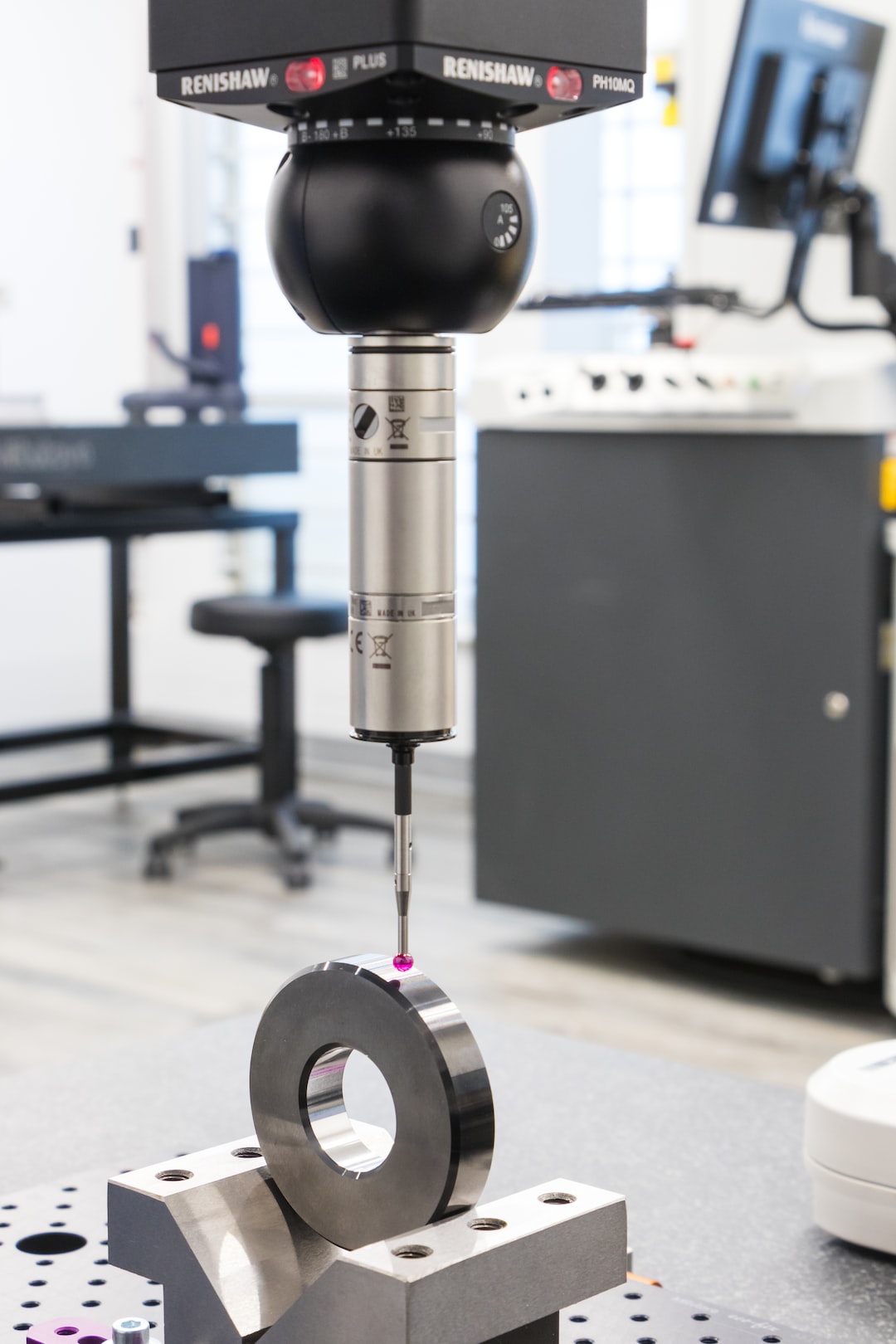Best Practices for Implementing Just-in-Time Manufacturing Techniques
In today’s fast-paced business world, companies are constantly looking for ways to improve efficiency and reduce waste in their manufacturing processes. One method that has gained significant popularity is Just-in-Time (JIT) manufacturing. JIT is a management philosophy that aims to eliminate waste, improve productivity, and reduce inventory levels by producing and delivering products just in time to meet customer demand.
Implementing JIT manufacturing techniques requires careful planning and execution to ensure its successful adoption. Here, we will discuss some of the best practices for implementing JIT in your manufacturing operations.
1. Assess your current processes: Before implementing JIT, it’s essential to evaluate your existing manufacturing processes and identify areas for improvement. Look for waste and inefficiencies such as excessive inventory levels, long production lead times, and frequent bottlenecks. This assessment will provide a baseline for measuring the impact of JIT implementation.
2. Train and educate employees: JIT requires a significant mindset shift for both management and employees. It’s crucial to provide training and education to ensure everyone understands the concepts and benefits of JIT. Employees need to understand their roles in the new process and be equipped with the necessary skills to execute them effectively.
3. Create a cross-functional team: Forming a dedicated team comprising representatives from various departments is critical for successful JIT implementation. This team should include members from manufacturing, purchasing, logistics, and quality control to ensure coordination and collaboration across all functions. The team will be responsible for driving the JIT implementation process and resolving any challenges that arise.
4. Focus on supplier relationships: JIT heavily relies on smooth and reliable supplier relationships. Establish strong partnerships with your suppliers to ensure timely delivery of raw materials and components. Clearly communicate your expectations regarding quality standards, lead times, and quantity requirements. Regularly monitor supplier performance and address any issues promptly to maintain a seamless supply chain.
5. Streamline your production processes: To effectively implement JIT, you need to streamline your production processes to reduce lead times and increase flexibility. Consider implementing techniques such as cellular manufacturing, which groups machines and workstations in a logical sequence to minimize distance and material handling between operations. Implementing tools like Kanban can also help facilitate better communication and material flow between different workstations.
6. Implement Total Quality Management (TQM): Quality is a critical aspect of JIT manufacturing. Implementing TQM practices, such as statistical process control and quality circles, can help identify and eliminate defects at the source. By continuously improving product quality, you can prevent disruptions in the production process and reduce the need for rework or rejects.
7. Optimize inventory management: One of the primary goals of JIT is to reduce inventory levels while maintaining an uninterrupted supply chain. Implement techniques like vendor-managed inventory (VMI), where suppliers monitor and replenish your inventory levels, based on agreed-upon targets. Consider investing in automated inventory management systems to accurately track stock levels and prevent overstocking or stockouts.
8. Implement a pull production system: Traditional manufacturing approaches rely on a push system, where products are produced based on forecasts or sales projections. In contrast, JIT advocates for a pull system, where products are only produced based on actual customer demand. Implementing a pull system allows for better demand forecasting and reduces the risk of overproduction and excess inventory.
9. Continuously monitor and improve processes: JIT is not a one-time implementation; it requires continuous monitoring and improvement. Regularly evaluate your processes, measure key performance indicators (KPIs), and seek feedback from employees and customers. Use this data to identify areas for improvement and implement changes accordingly.
10. Embrace a culture of continuous improvement: Finally, to successfully implement JIT, you need to foster a culture of continuous improvement within your organization. Encourage employees to suggest process improvements, reward innovative ideas, and celebrate small wins. By embracing a culture of continuous improvement, you can sustain the benefits of JIT and stay ahead of the competition.
Implementing JIT manufacturing techniques is not without its challenges, but when done correctly, it can lead to significant improvements in efficiency, customer satisfaction, and overall profitability. By following these best practices, you can successfully implement JIT and unlock the full potential of your manufacturing operations.

